I. Introduction
Qantas Airways, often considered the epitome of Australian aviation, has a storied history that spans over a century. Known for its distinctive red kangaroo logo, Qantas is not only the flag carrier of Australia but also one of the oldest and most reputable airlines in the world. Established in the early 20th century, Qantas has evolved from a small regional airline into a global aviation powerhouse, earning a reputation for safety, innovation, and exceptional customer service.
At its core, Qantas remains committed to providing a seamless travel experience for its passengers, whether they are flying domestically within Australia or embarking on international journeys across the globe. The airline operates a comprehensive network of routes, connecting major cities and remote destinations with equal efficiency. Its fleet is an impressive array of state-of-the-art aircraft, designed to offer comfort, safety, and reliability.
Beyond its operational capabilities, Qantas is also a significant player in the corporate world, with a robust management team steering the company through the dynamic landscape of global aviation. Financially, the airline has demonstrated resilience and adaptability, navigating economic fluctuations and industry challenges to maintain its standing as a profitable enterprise.
Strategic partnerships and alliances further bolster Qantas’ position, allowing it to enhance its service offerings and expand its reach. This detailed profile delves into the fascinating history, operational intricacies, corporate structure, and financial health of Qantas Airways, providing a comprehensive overview of what makes this airline a cornerstone of the aviation industry. Whether you’re an aviation enthusiast, a frequent flyer, or an investor, understanding Qantas’ journey and current standing offers valuable insights into one of the most iconic airlines in the world.

II. History and Background
A. Founding and Early Years
Qantas Airways, often referred to as the “Flying Kangaroo,” is emblematic of both Australia’s pioneering spirit and its commitment to excellence in aviation. The airline was founded on November 16, 1920, as Queensland and Northern Territory Aerial Services Limited, from which it derives the acronym QANTAS. The brainchild of two World War I veterans, Paul McGinness and Hudson Fysh, along with local grazier Fergus McMaster, Qantas began its journey in the remote town of Winton, Queensland. Initial operations were modest, focusing on air mail services and small passenger flights using tiny biplanes like the Avro 504K. Despite the humble beginnings, the founders’ vision was clear: to connect the vast expanses of Australia with reliable and efficient air transport.
B. Expansion and Growth
The post-war period saw Qantas expanding its operations considerably. By 1934, Qantas had partnered with Imperial Airways to establish Qantas Empire Airways Limited, enabling the airline to extend its routes beyond Australia’s borders. This period marked the beginning of international flights, with the first service to Singapore taking place in 1935. The airline’s role in World War II was pivotal, providing essential transport services for troops and supplies. Post-war, Qantas transitioned into the jet age, acquiring its first jet aircraft, the Boeing 707, in 1959. This acquisition positioned Qantas as a competitive player in the global airline industry, allowing it to offer long-haul international flights with greater efficiency and comfort.
During the latter half of the 20th century, Qantas continued to expand its fleet and route network. The introduction of the Boeing 747 in the 1970s was a game-changer, enabling the airline to transport more passengers over longer distances. This era also saw Qantas becoming a fully government-owned entity, a status it retained until its privatization in the 1990s. The airline’s commitment to innovation and passenger service was evident in its adoption of advanced technology and its focus on safety, which earned it a reputation as one of the world’s safest airlines.
C. Modern Developments
Entering the 21st century, Qantas faced both challenges and opportunities. The airline industry experienced significant turbulence due to events such as the September 11 attacks, the SARS outbreak, and fluctuating fuel prices. Despite these challenges, Qantas remained resilient, continually adapting its business strategies to maintain its market position. The airline introduced the Airbus A380 into its fleet in 2008, reaffirming its commitment to providing cutting-edge aviation technology and unparalleled passenger comfort.
Qantas has also been at the forefront of sustainability initiatives, aiming to reduce its carbon footprint and promote environmental responsibility. The airline’s “Fly Carbon Neutral” program, launched in 2007, allows passengers to offset their carbon emissions, and Qantas has committed to achieving net-zero carbon emissions by 2050.
In recent years, Qantas has embraced digital innovation to enhance the customer experience, rolling out advanced booking systems, in-flight entertainment, and loyalty programs. The airline has also navigated the challenges posed by the COVID-19 pandemic with strategic measures to ensure business continuity and passenger safety.
Overall, Qantas Airways’ rich history and dynamic evolution reflect its unwavering commitment to connecting people and places, underpinned by a legacy of innovation, safety, and customer service.

III. Operations and Services
Qantas Airways has established itself as a premier airline, renowned for its extensive network, exceptional customer service, and innovative operational strategies. This section delves into the various facets of Qantas’ operations and services, highlighting its domestic and international flight offerings, as well as its commitment to delivering an unparalleled customer experience.
A. Domestic Flights
Qantas’ domestic operations form the backbone of its service network, connecting major cities and regional areas across Australia. With hubs in Sydney, Melbourne, Brisbane, and Perth, Qantas ensures that passengers have access to a comprehensive array of routes, catering to both business and leisure travelers. The airline’s fleet for domestic routes includes the Boeing 737 and Airbus A320, among others, which are known for their reliability and efficiency.
Qantas has strategically positioned its domestic services to compete effectively with other local carriers, such as Virgin Australia. The airline offers multiple daily flights on popular routes like Sydney-Melbourne and Brisbane-Sydney, ensuring flexibility and convenience for travelers. Additionally, QantasLink, the regional subsidiary of Qantas, extends the airline’s reach to smaller towns and more remote areas, thus ensuring connectivity across the vast Australian landscape.
B. International Flights
On the international front, Qantas prides itself on being a global airline with an extensive network that spans across continents. The airline operates long-haul flights to destinations in North America, Europe, Asia, and the Middle East, serving major cities like Los Angeles, London, Tokyo, and Dubai. Qantas’ international fleet includes advanced aircraft such as the Boeing 787 Dreamliner and the Airbus A380, which are equipped with state-of-the-art amenities to enhance passenger comfort.
Qantas has also formed strategic alliances with several international carriers, including a prominent partnership with Emirates. These alliances expand the airline’s global reach and provide passengers with seamless connectivity and a wider range of destinations. The airline’s membership in the Oneworld alliance further bolsters its international network, allowing passengers to earn and redeem frequent flyer points across a multitude of partner airlines.
C. Customer Service
Customer service is a cornerstone of Qantas’ operations, reflecting the airline’s commitment to providing a superior travel experience. From the moment passengers book their tickets to the time they arrive at their destination, Qantas strives to ensure a smooth and enjoyable journey. The airline offers a variety of booking options, including a user-friendly website and mobile app, which make it convenient for passengers to manage their travel plans.
Onboard, Qantas sets itself apart with high-quality in-flight services. Passengers in all classes can enjoy a selection of complimentary meals and beverages, as well as access to an extensive entertainment system featuring movies, TV shows, music, and games. For those traveling in Business or First Class, Qantas provides additional luxuries such as lie-flat seats, gourmet dining, and access to exclusive lounges.
Qantas also places a strong emphasis on safety and reliability, with a stellar safety record that is among the best in the industry. The airline regularly invests in the latest technology and training programs to ensure that both its fleet and staff adhere to the highest standards of safety and efficiency.
Furthermore, the Qantas Frequent Flyer program rewards loyal customers with points that can be redeemed for flights, upgrades, and various other benefits. The program has millions of members and is considered one of the most attractive frequent flyer schemes available.
In conclusion, Qantas Airways‘ operations and services are meticulously designed to meet the needs of a diverse passenger base, blending extensive domestic and international networks with a strong focus on customer satisfaction. Whether flying within Australia or across the globe, passengers can expect a consistently high level of service that has become synonymous with the Qantas brand.
IV. Corporate Structure and Financials
Qantas Airways is Australia’s flagship carrier and one of the world’s leading long-distance airlines. The company’s corporate structure and financial performance are integral to its continued success and competitiveness in the global aviation market. This section delves into the management team, financial performance, and strategic partnerships that shape Qantas Airways.
A. Management Team
At the helm of Qantas Airways is a seasoned management team, led by CEO Alan Joyce, who has been in the role since 2008. Under his leadership, the airline has undergone significant transformation, focusing on both operational efficiency and customer satisfaction. The executive team includes a diverse group of professionals with extensive experience in aviation, finance, marketing, and operations. Each member brings a unique set of skills that contribute to the airline’s strategic vision and operational excellence.
In addition to the CEO, key figures in the management team include the Chief Financial Officer, the Chief Customer Officer, and the Chief Technical Officer. This team is responsible for steering the company through the complexities of the aviation industry, which include navigating regulatory requirements, managing financial risks, and implementing innovative technologies.
B. Financial Performance
Qantas Airways has demonstrated resilience and adaptability in its financial performance, particularly in the face of global economic challenges and industry-specific disruptions such as fluctuating fuel prices and the COVID-19 pandemic. The airline’s financial health is reflected in its annual reports, which detail revenue, profit margins, and cost management strategies.
For the fiscal year 2022, Qantas reported a revenue of AUD 17.9 billion, a significant recovery from the previous year’s downturn due to the pandemic. The airline’s cost-cutting measures, including workforce reductions and fleet optimization, have helped stabilize its financial footing. Qantas also maintains a strong balance sheet with substantial liquidity, ensuring it can weather short-term financial shocks and invest in long-term growth initiatives.
The airline’s financial strategy focuses on maintaining a balance between cost efficiency and investment in customer experience. Initiatives such as the introduction of newer, more fuel-efficient aircraft and enhancements to in-flight services are aimed at boosting profitability while maintaining a high standard of service.
C. Strategic Partnerships
Strategic partnerships play a crucial role in Qantas Airways’ business model, enabling the airline to expand its network, improve service offerings, and enhance operational efficiency. One of the most significant partnerships is the Oneworld Alliance, which includes leading airlines such as American Airlines, British Airways, and Cathay Pacific. This alliance allows Qantas passengers to access a broader range of destinations, streamlined services, and reciprocal frequent flyer benefits.
In addition to global alliances, Qantas has forged several bilateral agreements with other airlines, enabling code-sharing and joint ventures. Notable partnerships include its long-standing relationship with Emirates, which enhances connectivity between Australia and Europe, and a recent agreement with China Eastern, aimed at capturing the growing demand for travel between Australia and China.
Qantas also collaborates with various technology and service providers to enhance its operational capabilities. Partnerships with companies like Boeing and Airbus ensure that Qantas operates one of the most modern and efficient fleets in the industry. Additionally, collaborations with IT firms enable the airline to offer advanced booking systems, personalized customer experiences, and efficient operational management.
V. Conclusion
Qantas Airways stands as a testament to resilience, innovation, and a commitment to excellence in the aviation industry. From its humble beginnings in 1920 in the rugged outback of Queensland, the airline has soared to become an iconic global brand, synonymous with safety, reliability, and superior service. Over the decades, Qantas has navigated the tumultuous skies of economic downturns, technological advancements, and shifting market dynamics, continually evolving to meet the needs of its passengers.
The airline’s extensive network of domestic and international flights underscores its pivotal role in connecting Australia to the world. With a robust operational framework, Qantas ensures that both leisure and business travelers experience top-tier service, from the moment they book their flight to their arrival at their destination. The company’s dedication to customer satisfaction is evident in its comprehensive range of services and its continual investment in fleet modernization and in-flight amenities.
Corporate governance at Qantas is marked by a strong, visionary management team that steers the company through the complexities of the global aviation landscape. Financially, the airline has demonstrated resilience and adaptability, weathering economic challenges while forging strategic partnerships that enhance its competitive edge. These alliances not only expand its global reach but also contribute to a more sustainable and innovative future for air travel.
In summary, Qantas Airways is not merely an airline; it is a symbol of Australian ingenuity and perseverance. As it approaches its second century of operation, Qantas remains committed to pioneering advancements in aviation, prioritizing passenger experience, and maintaining its status as a leader in the airline industry. With a rich legacy and a forward-thinking strategy, Qantas is well-positioned to navigate the future, continuing to connect people and places across the globe with the same spirit of adventure and dedication that has defined its storied history.
Catch up on the top stories and travel deals by subscribing to our newsletter!

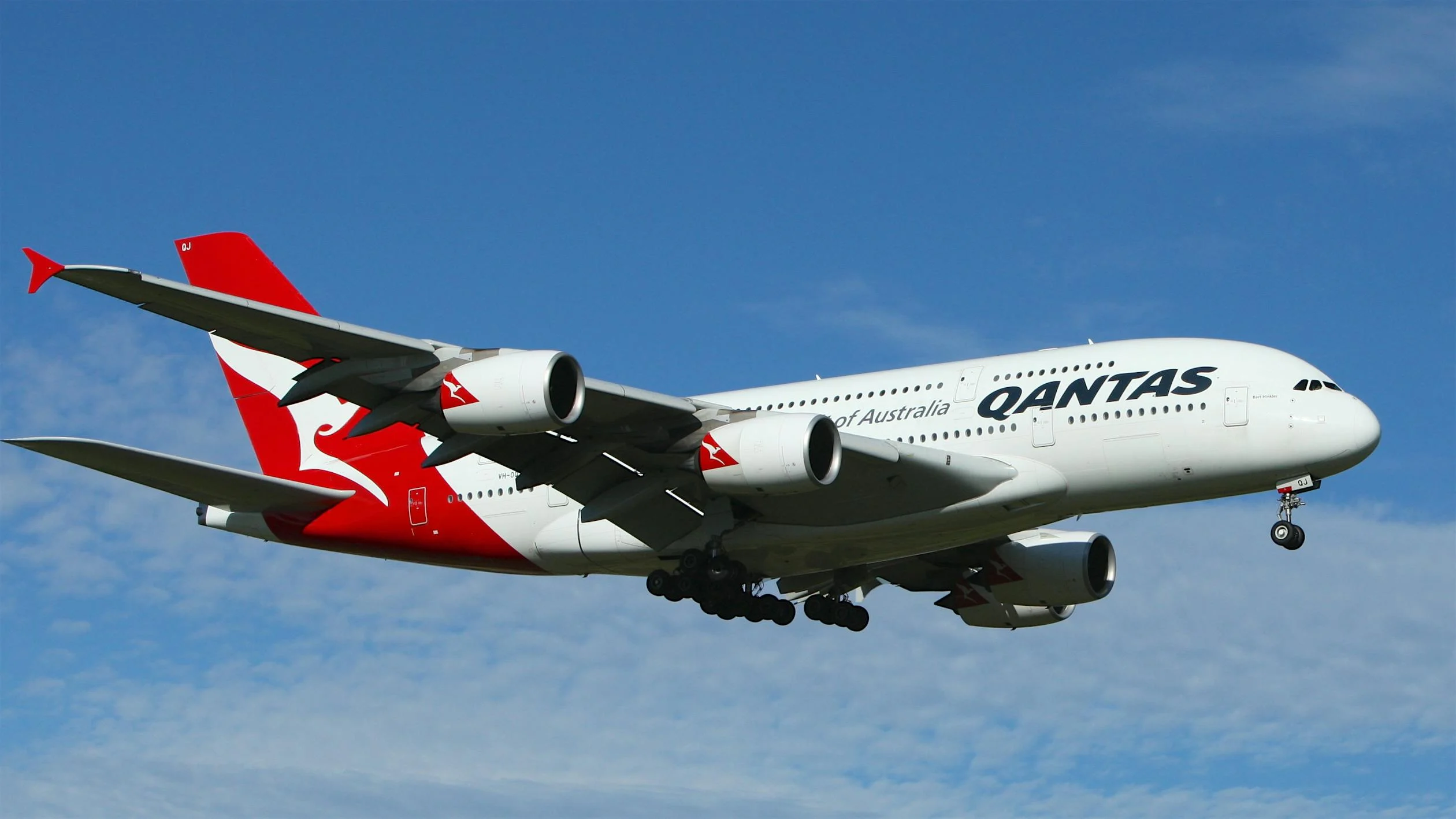


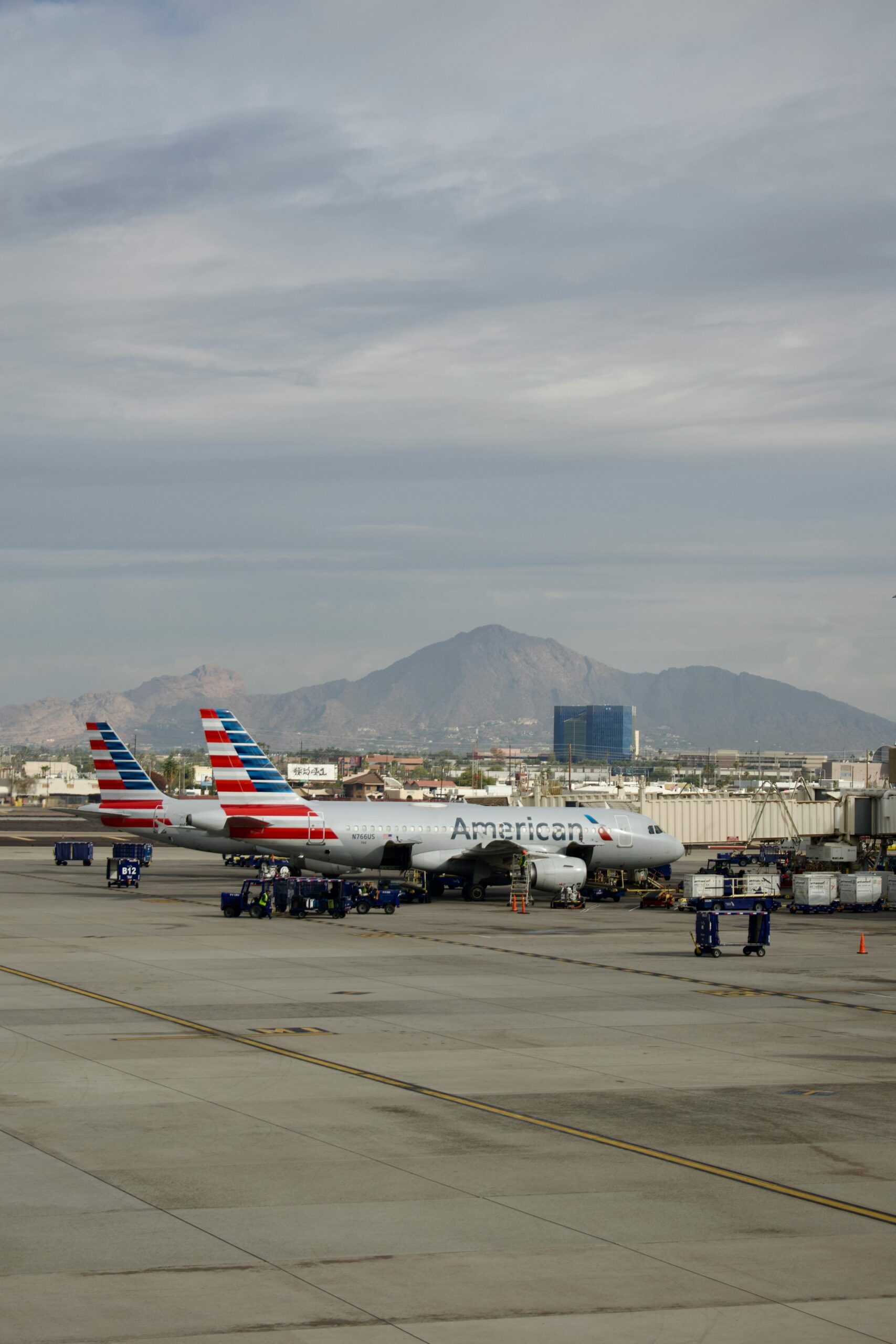
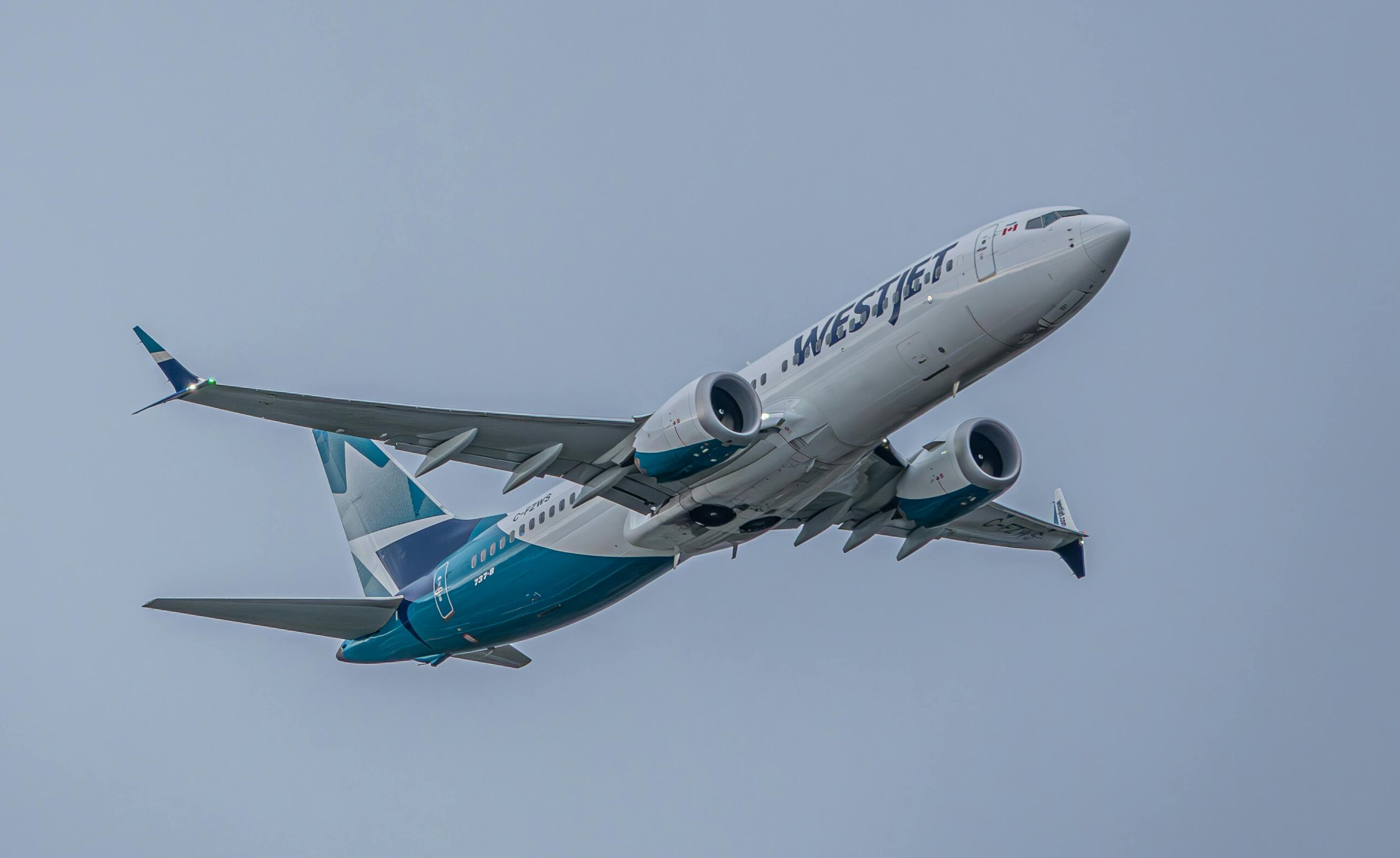
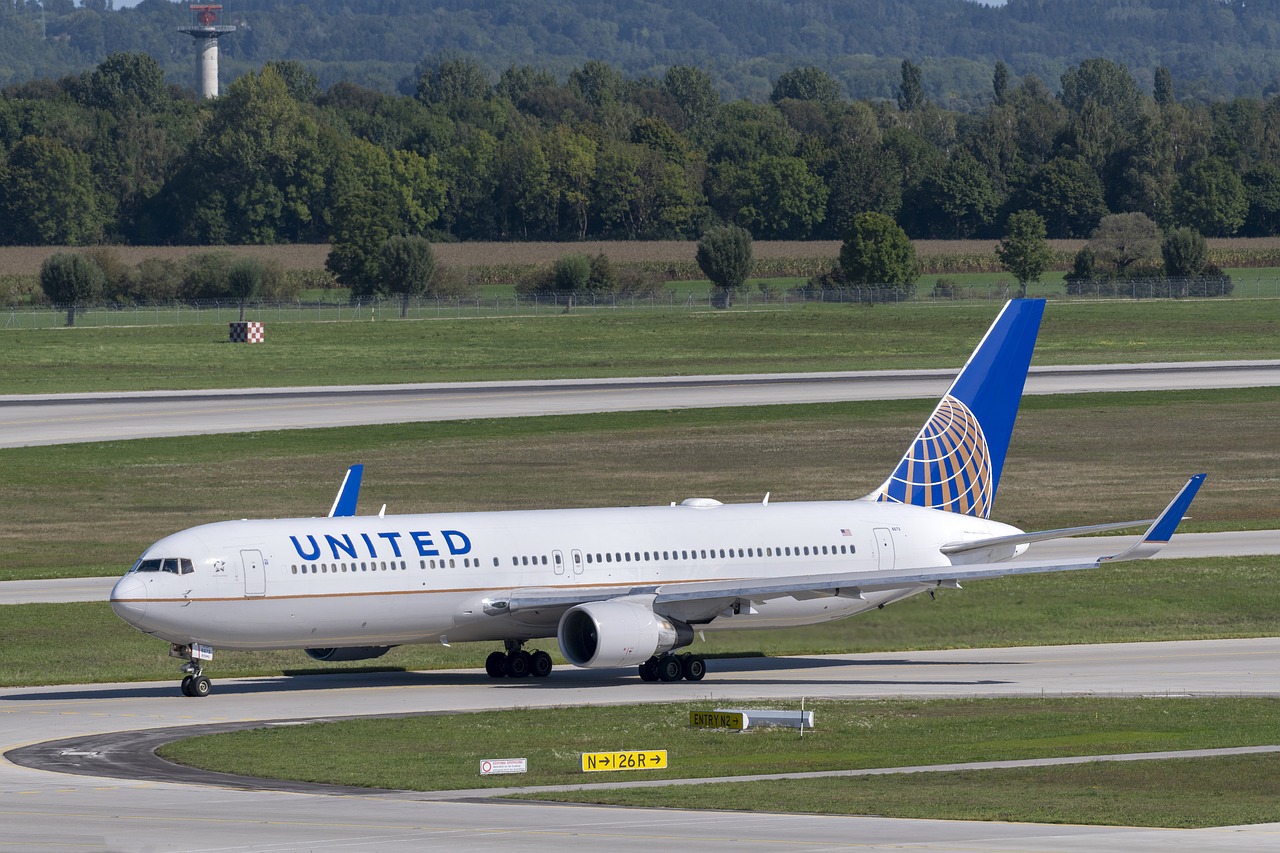
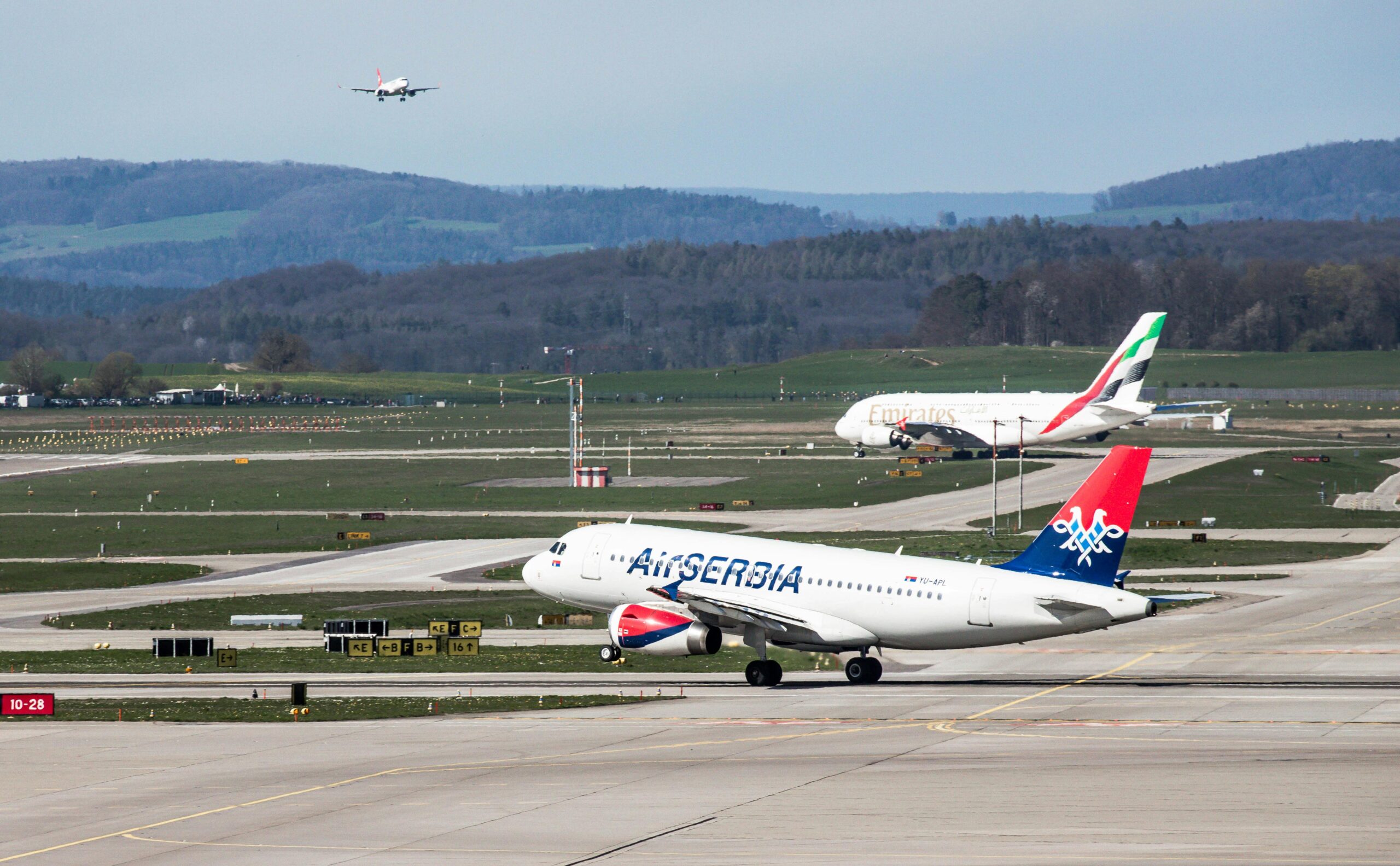

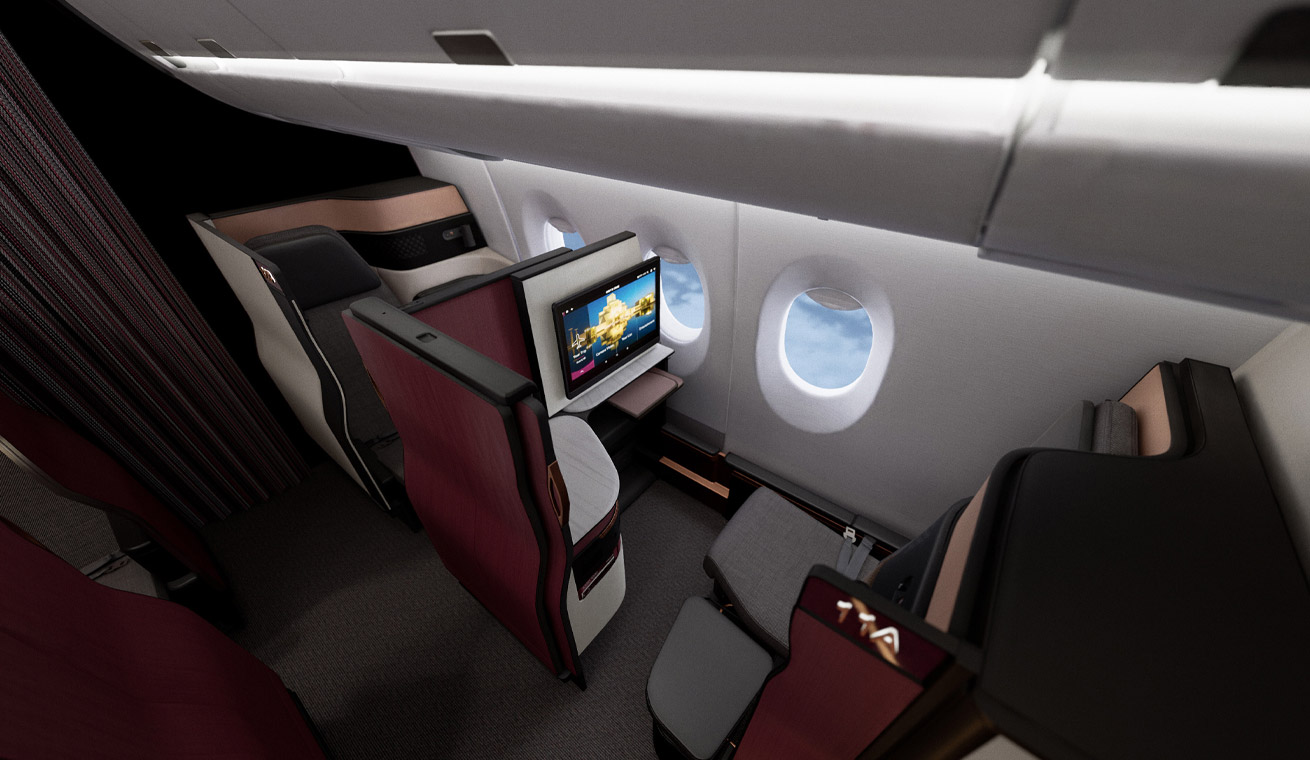


Leave a Reply